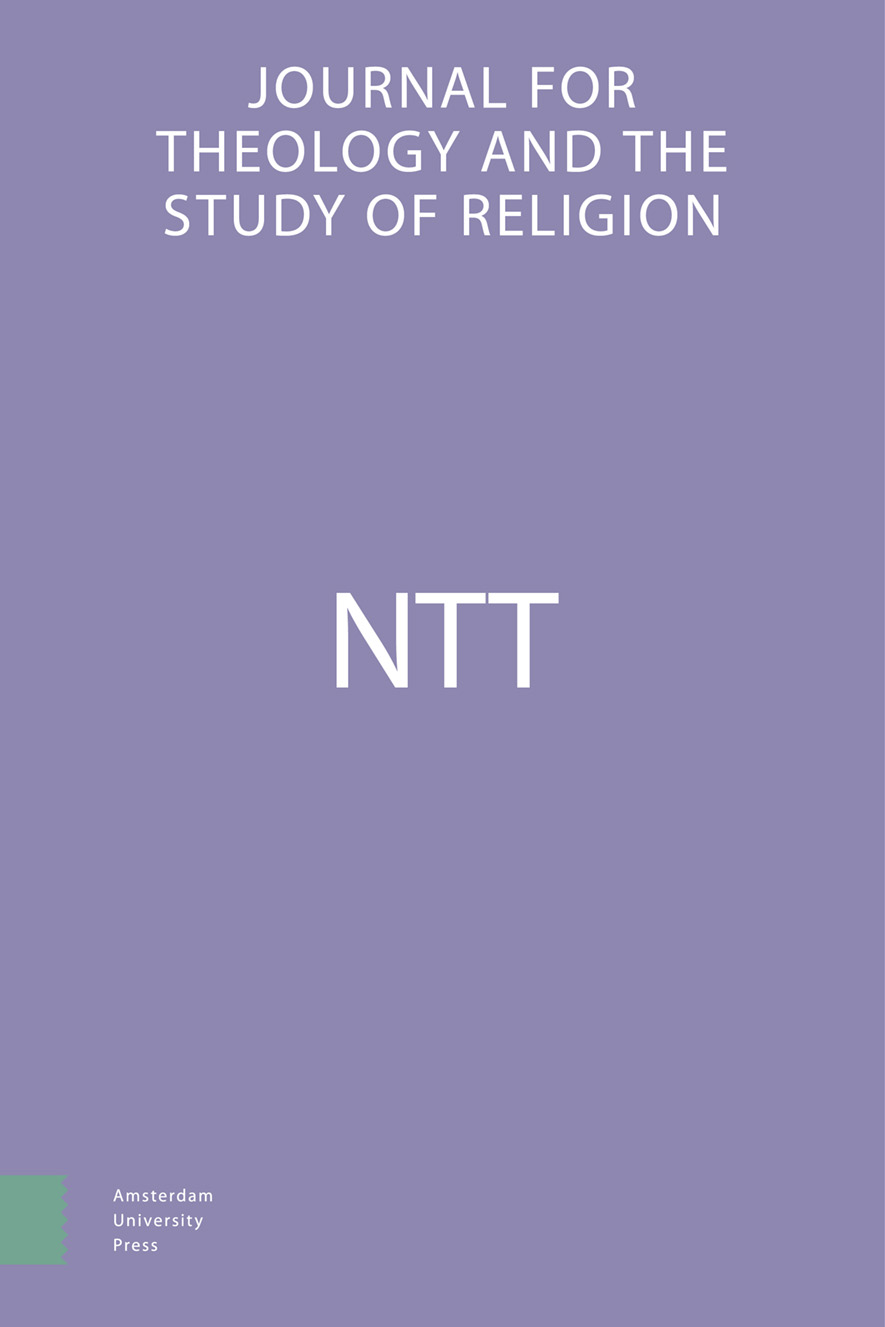-
oa De eerste koningsinscriptie uit het oude Israël Een nieuwe visie op de Tel Dan-inscriptie
1Bijbelteksten worden, behalve waar anders aangegeven, geciteerd uil de Vertaling-1951 van het Nederlands Bijbelgenootschap (afgekort NBG), de epigrafische teksten uit H. Donner & W. Röllig, Kanaanäische und Aramäische Inschriften, Wiesbaden 1962 en later (afgekort KAI). Een eerdere versie van dit artikel heeft gediend als college voor belangstellenden op een Open Dag van de Vrije Universiteit op 18 maart 1999. Ik ben de studenten van mijn college ‘Aramese teksten rond de Bijbel’, V. Drupsteen en A. Sterks, erkentelijk voor hun opmerkingen.
- Amsterdam University Press
- Source: NTT Journal for Theology and the Study of Religion, Volume 53, Issue 3, Jul 1999, p. 177 - 190
-
- 01 Jul 1999
- Previous Article
- Table of Contents
- Next Article
Abstract
Since its publication by A. Biran and J. Naveh in 1995, the early Aramaic Tel Dan inscription, with its supposed connection with the coming to the Northern Israelite throne of Jehu ben Nimshi in 842 BC as described in 2 Kings 9-10, has caught the attention of Aramaic and biblical scholars alike, in spite of its very fragmentary state. Most scholars assume that it is an Aramean royal inscription, set up in Dan during a period of Aramean mastery of the place. It is argued here that the inscription is, in fact, a royal inscription of Jehu himself, written between his coming to the throne and his removal of the cult of Baal / Hadad some time afterwards. The use of the Aramaic language and the ascription of Jehu’s coming to power to the god Hadad are to be explained from the political conditions prevailing at the time and from the evident dilemmas facing a royal regicide.


